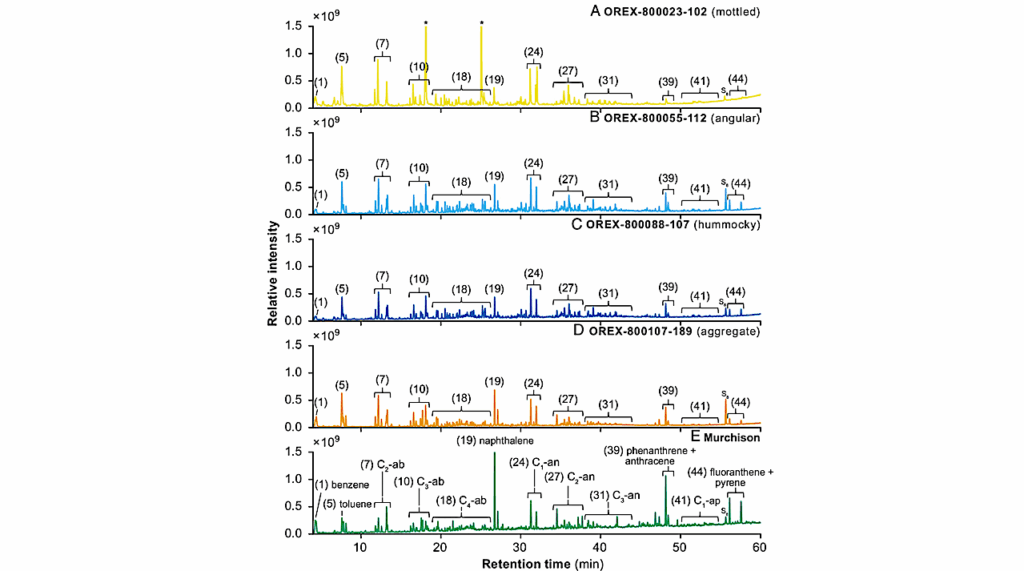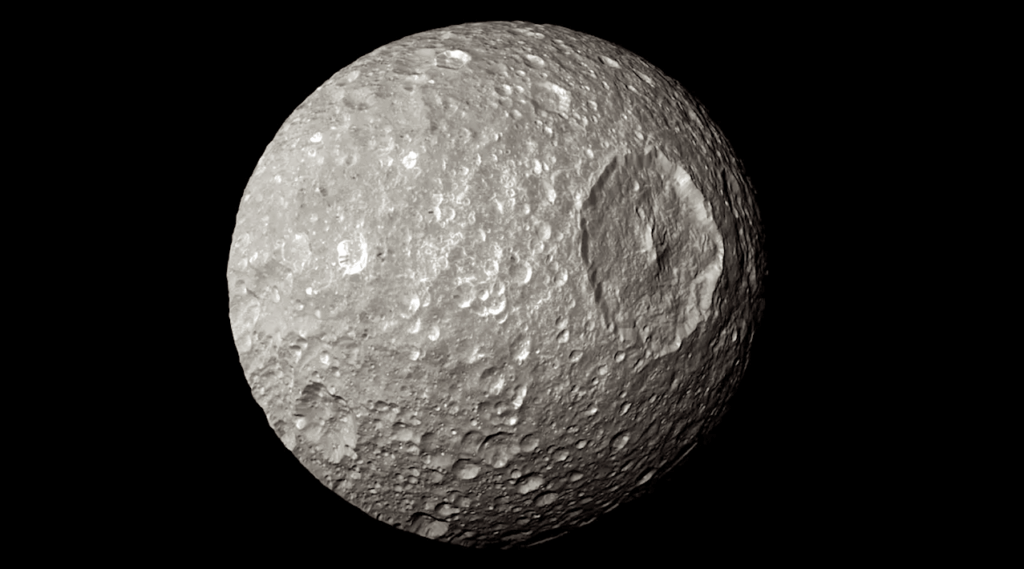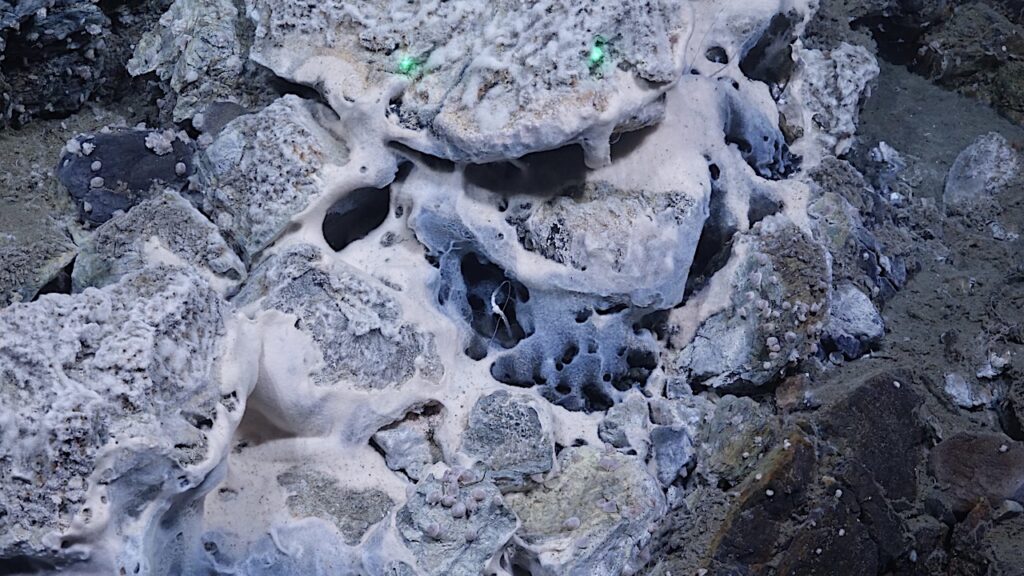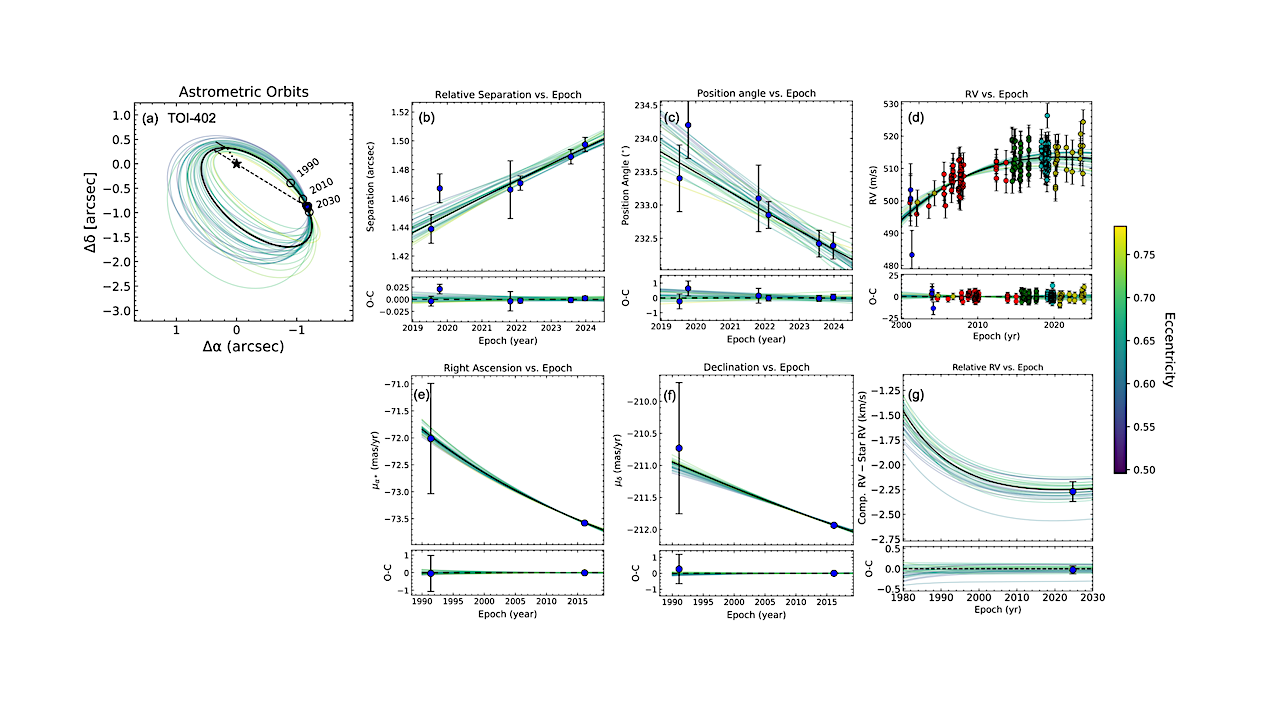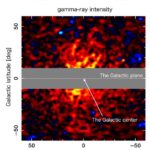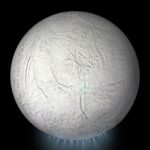Now Reading: Extreme NiI/FeI Abundance Ratio In The Coma Of The Interstellar Comet 3I/ATLAS
-
01
Extreme NiI/FeI Abundance Ratio In The Coma Of The Interstellar Comet 3I/ATLAS
Extreme NiI/FeI Abundance Ratio In The Coma Of The Interstellar Comet 3I/ATLAS
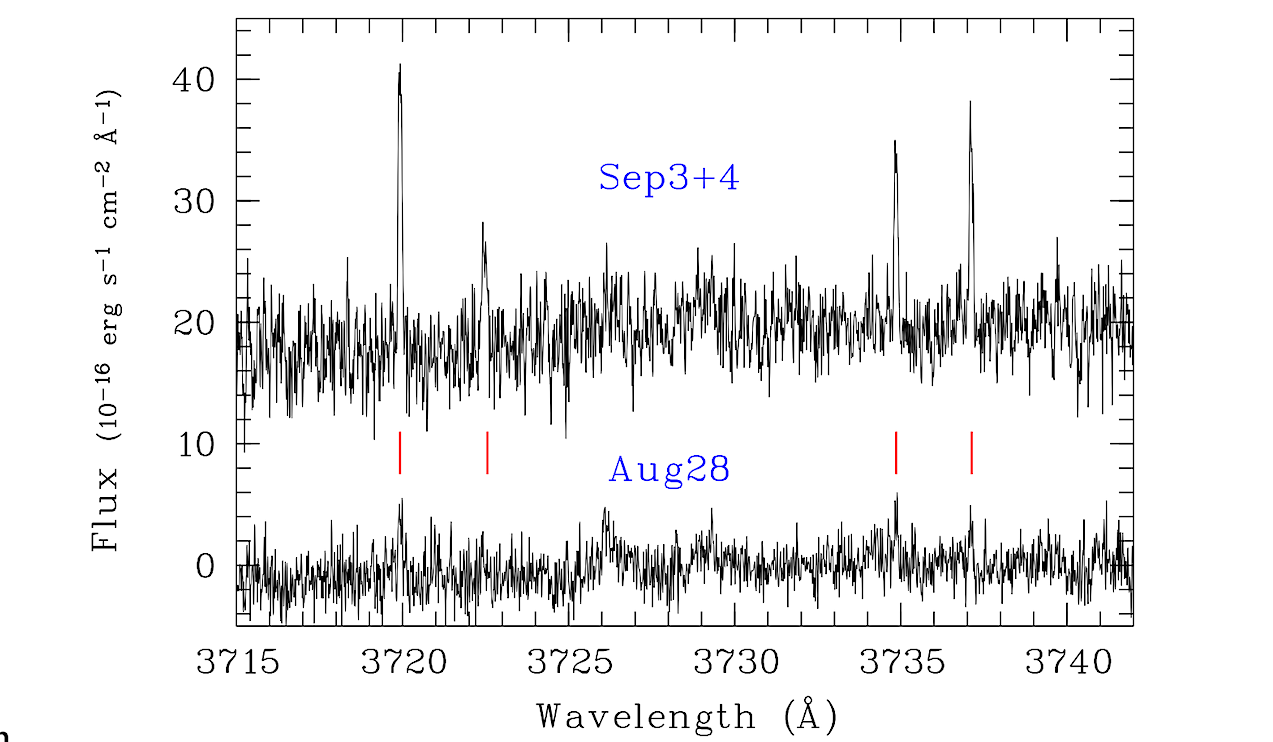

Continuum-subtracted spectra of comet 3I obtained on August 28 and September 3+4. Three narrow FeI lines are detected on August 28 in this spectral range, FeI λ3719.93Å being the brightest iron line detected in our spectra. On the average spectrum obtained in September 3+4 (shifted vertically for clarity), the FeI lines are brighter, and four of them are detected. Broad emission features due to background [OII] emission at 3727Å and 3729Å are also observed. — astro-ph.EP
Emission lines of FeI and NiI are commonly found in the coma of solar system comets, even at large heliocentric distances.
These atoms are most likely released from the surface of the comet’s nucleus or from a short-lived parent. The presence of these lines in cometary spectra is unexpected because the surface blackbody equilibrium temperature is too low to allow the sublimation of refractory minerals containing these metals.
These lines were also found in the interstellar comet 2I/Borisov which has a NiI/FeI abundance ratio similar to that observed in solar system comets. On average, this ratio is one order of magnitude higher than the solar Ni/Fe abundance ratio.
Here, we report observations of the new interstellar comet 3I/ATLAS, which were carried out with the ESO Very Large Telescope equipped with the UVES spectrograph. Spectra were obtained at six epochs, at heliocentric distances ranging from 3.14 to 2.14 au. NiI was detected at all epochs. FeI was only detected at heliocentric distances smaller than 2.64 au.
We estimated the NiI and FeI production rates by comparing the observed line intensities with those produced by a fluorescence model. Comet 3I exhibits a high production rate of NiI atoms as well as a high NiI/FeI ratio, making it exceptional when compared to solar system comets and 2I/Borisov. Additionally, we found that the NiI/FeI ratio decreases rapidly with decreasing heliocentric distance, suggesting that comet 3I could soon become indistinguishable from solar system comets in this respect.
We interpreted these observations assuming that the NiI and FeI atoms were released through the sublimation of Ni(CO)4 and Fe(CO)5 carbonyls, which supports the presence of these species in the cometary material.
Damien Hutsemékers, Jean Manfroid, Emmanuël Jehin, Cyrielle Opitom, Michele Bannister, Juan Pablo Carvajal, Rosemary Dorsey, K Aravind, Baltasar Luco, Brian Murphy, Thomas H. Puzia, Rohan Rahatgaonkar
Comments: Submitted to A&A
Subjects: Earth and Planetary Astrophysics (astro-ph.EP); Astrophysics of Galaxies (astro-ph.GA)
Cite as: arXiv:2509.26053 [astro-ph.EP] (or arXiv:2509.26053v1 [astro-ph.EP] for this version)
https://doi.org/10.48550/arXiv.2509.26053
Focus to learn more
Submission history
From: Damien Hutsemekers
[v1] Tue, 30 Sep 2025 10:29:05 UTC (1,399 KB)
https://arxiv.org/abs/2509.26053
Astrobiology,
Stay Informed With the Latest & Most Important News
-
 012024 in Review: Highlights from NASA in Silicon Valley
012024 in Review: Highlights from NASA in Silicon Valley -
 02Panasonic Leica Summilux DG 15mm f/1.7 ASPH review
02Panasonic Leica Summilux DG 15mm f/1.7 ASPH review -
 03How New NASA, India Earth Satellite NISAR Will See Earth
03How New NASA, India Earth Satellite NISAR Will See Earth -
 04And Thus Begins A New Year For Life On Earth
04And Thus Begins A New Year For Life On Earth -
 05Astronomy Activation Ambassadors: A New Era
05Astronomy Activation Ambassadors: A New Era -
06SpaceX launch surge helps set new global launch record in 2024
-
 07Space Force plans new ‘Futures Command’ amid pressure to speed up modernization
07Space Force plans new ‘Futures Command’ amid pressure to speed up modernization












